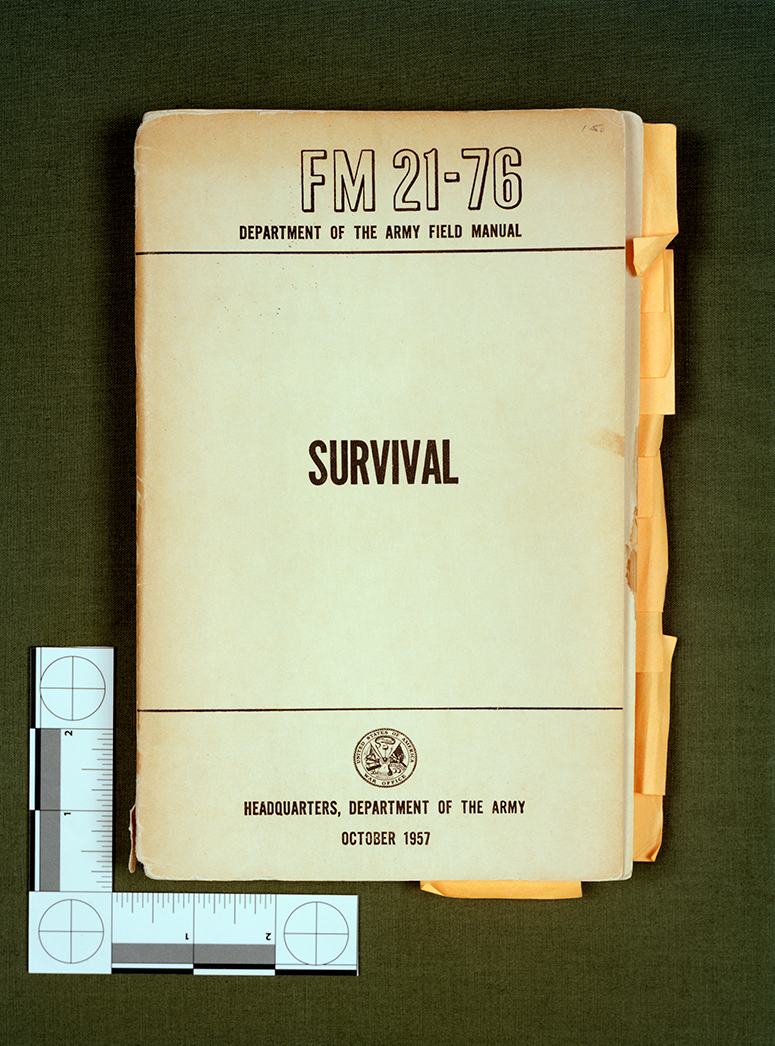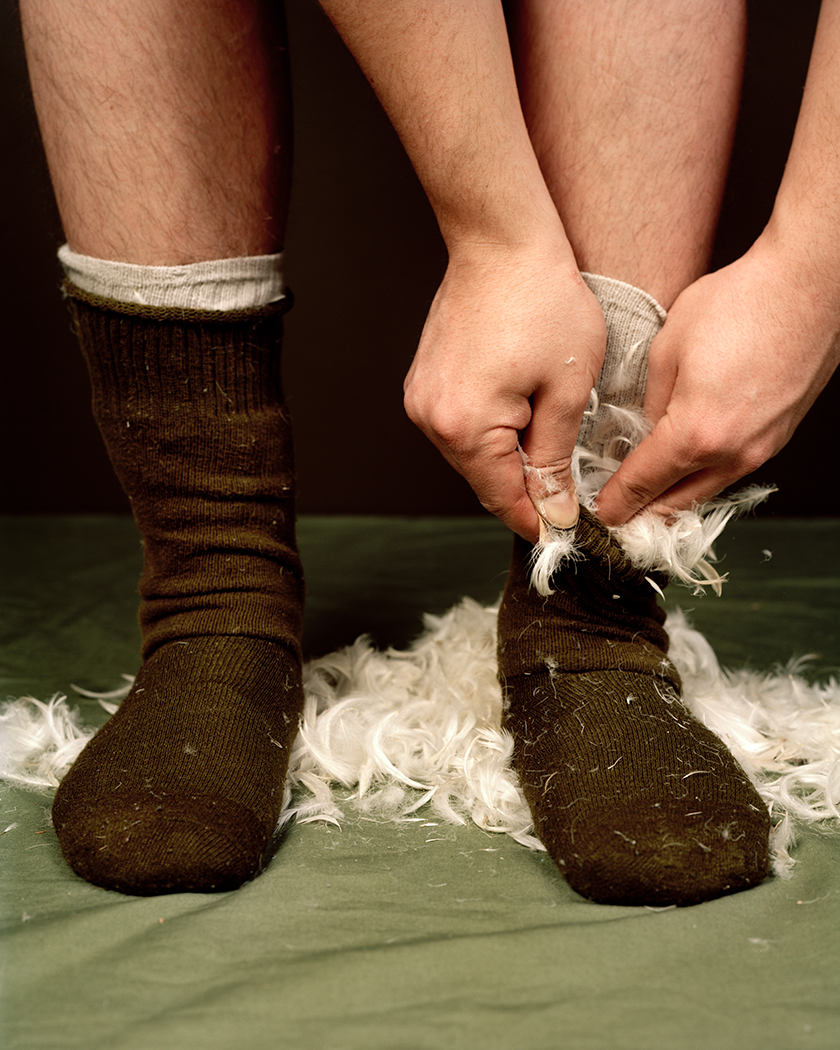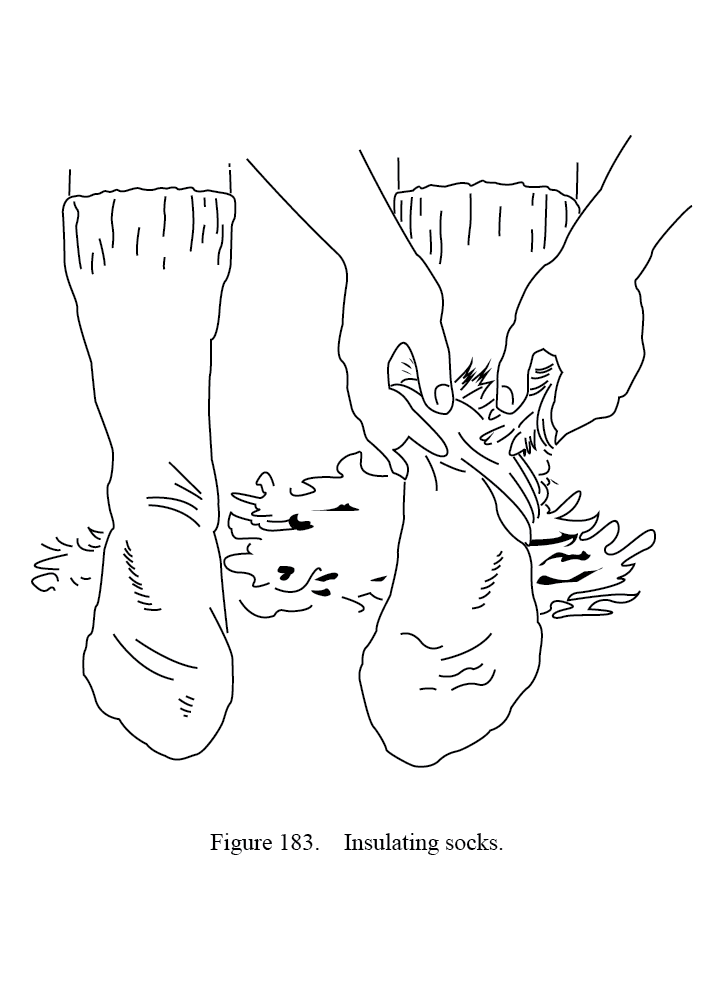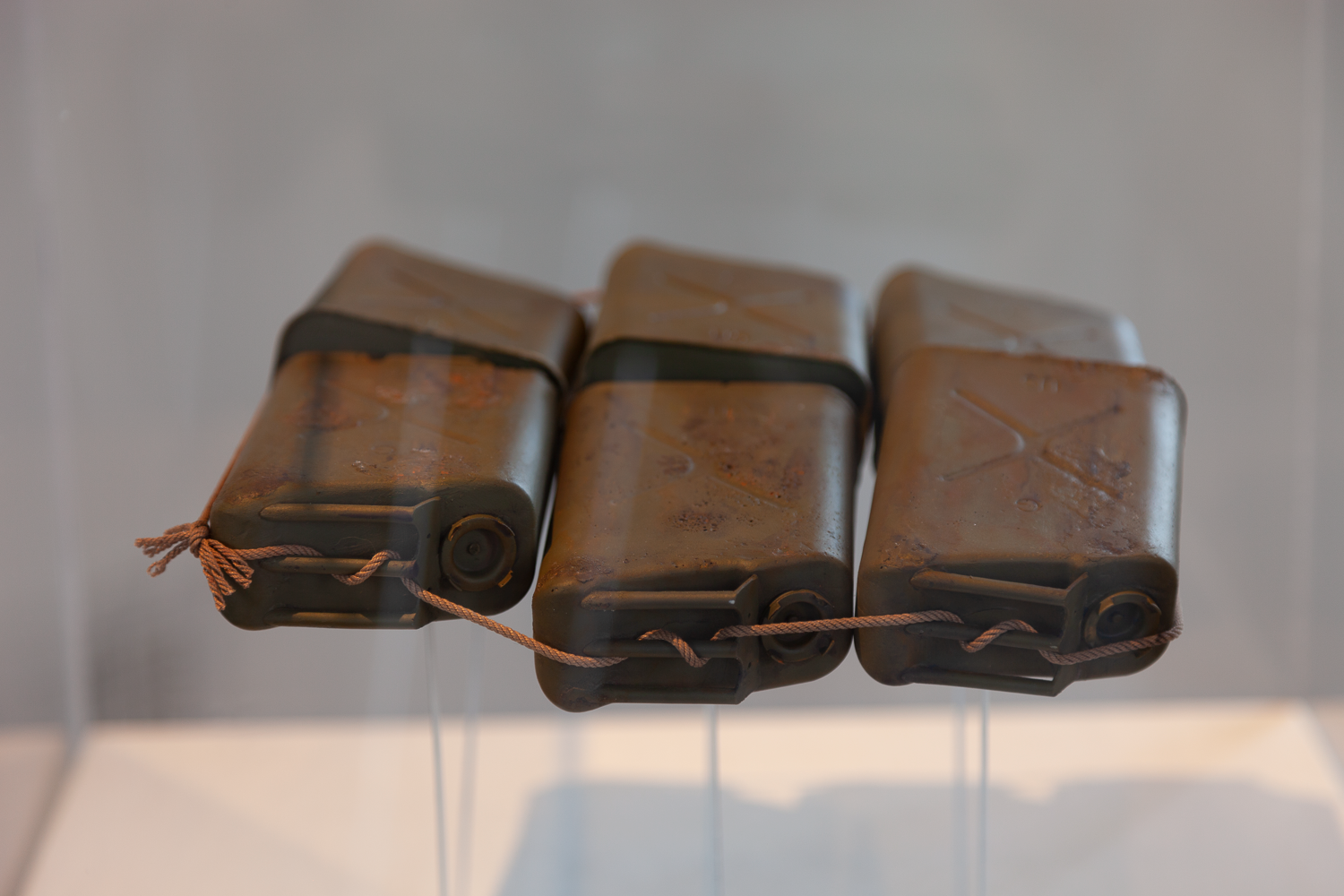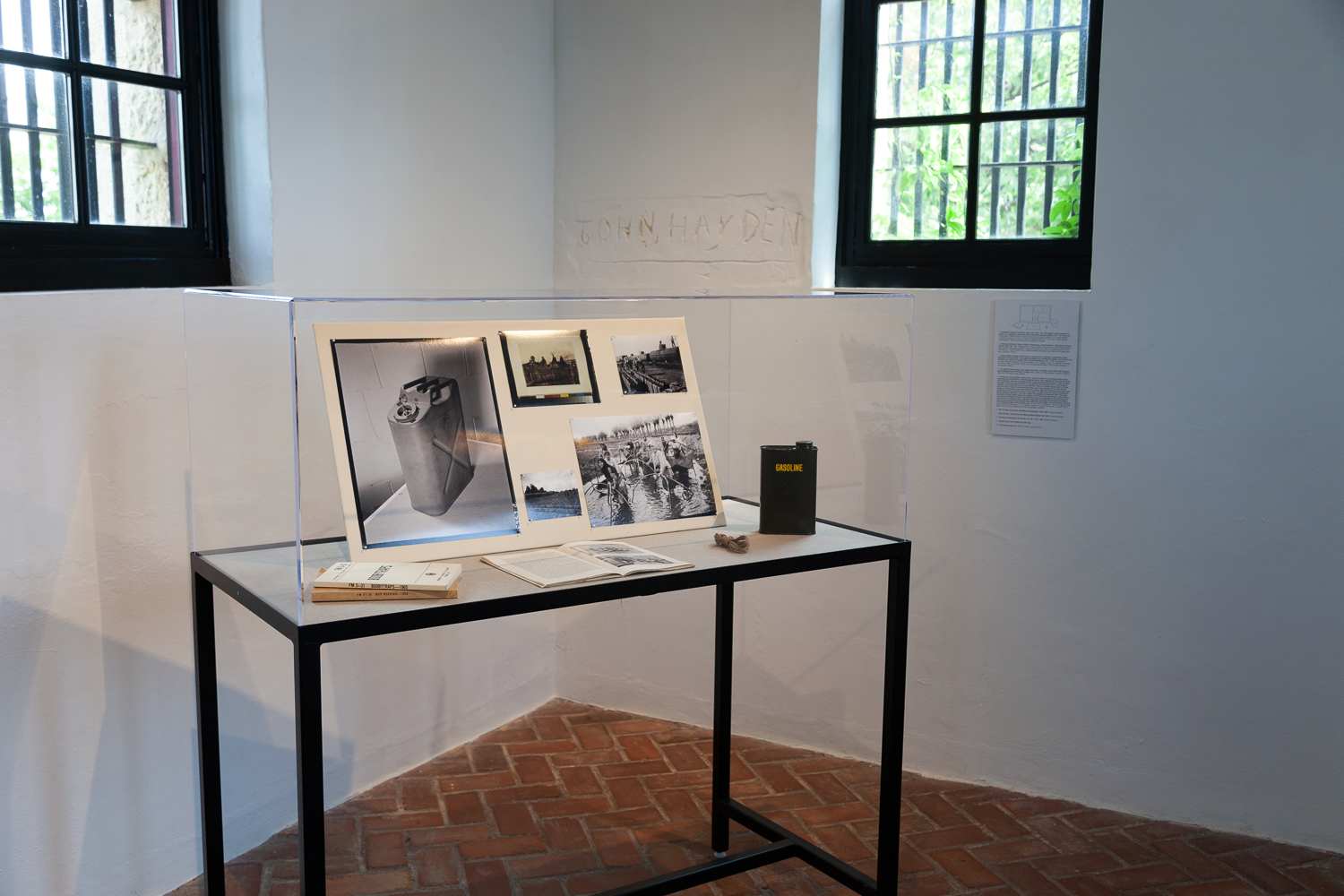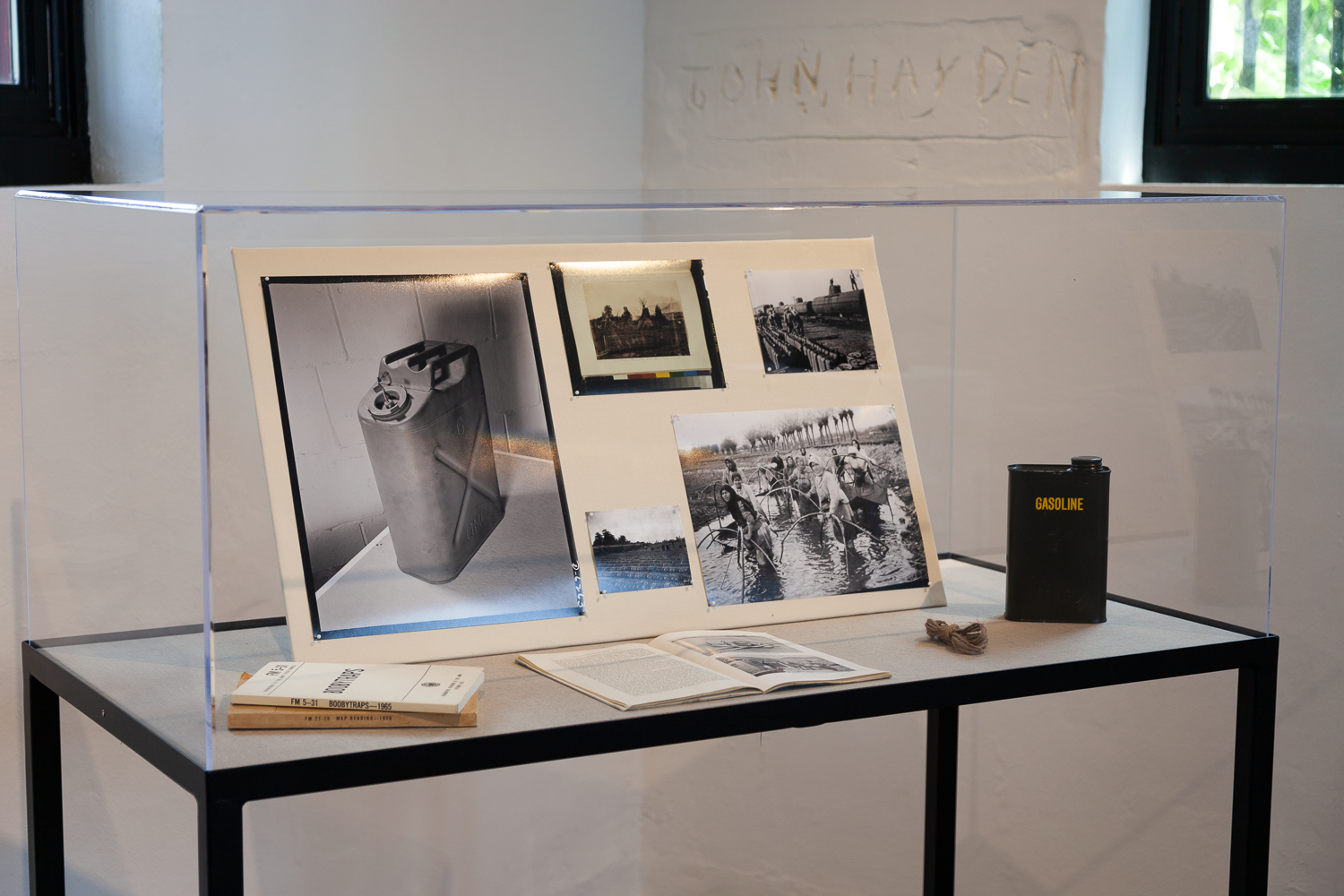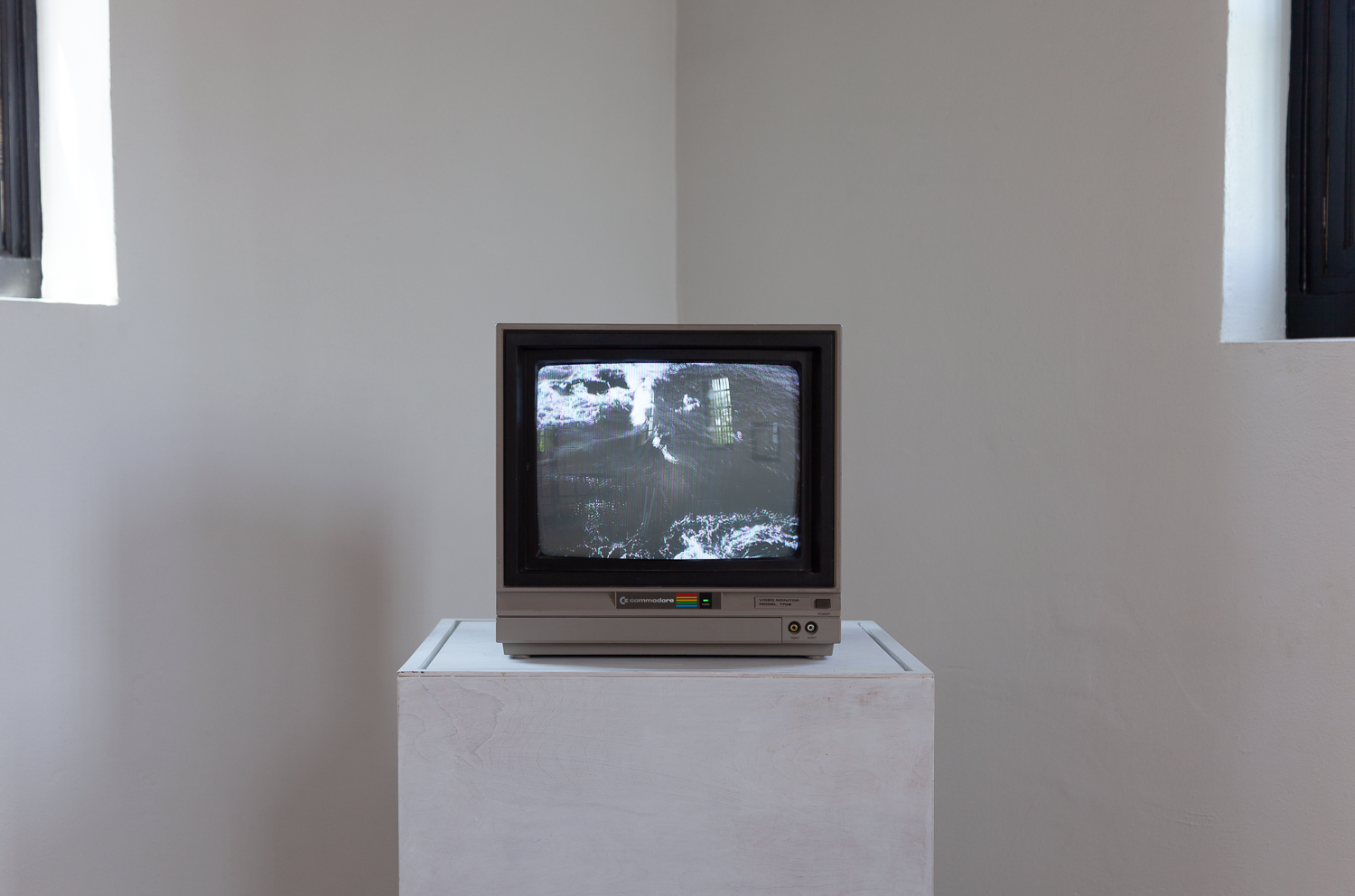survival
2011-current
FM 21-76 SURVIVAL, was published by the Department of the U.S. Army in October of 1957 with the goal of “…provid[ing] information and describ[ing] basic techniques that will enable you to survive and return alive should you find yourself in such a [temperate, tropical, arctic, or subarctic] situation”.
Field manuals are published by the U.S. Army’s Army Publishing Directorate with the goal of containing detailed information and how-to instructions for procedures important to soldiers serving in the field. Over 542 field manuals of different subject matter have been produced since the inception of this directorate. The first Army field manual was produced by Army Inspector General Baron Friedrich von Steuben in 1779 with the goal of “insuring uniformity and continuity across a large number of soldiers”. My interest lies in the hand drawn imagery present in the 1957 field manual due to its creation during the Vietnam War and just prior to the 1960’s American counter-culture movement. This tumultuous period would see the transition of military artwork from largely educational training aids to anti-war imagery and propaganda. While propaganda and anti-war imagery existed prior to this time, the accessibility and speed of movie film and photography would lead to the decline of hand drawn and painted imagery for military purpose.
Graphic training aids for military usage can be traced directly to the large quantities of young men being trained during World War II. American cartoonists and comic artists such as Will Eisner were employed to create graphics and comics for the purpose of mass skill proficiency. This solution of catering to audience language is what inspires the artwork planned for Survival, as our contemporary culture has developed an expectation of customization, personalized imagery, and interactive experiences.
Each image, object, or film will be displayed with a didactic drawing that directly references the original text and imagery of the source material. By utilizing techniques and presentation styles employed by science and history institutions, an audience will gain accessibility to this artwork without a knowledge of the prior text, but rather a general understanding of how our contemporary culture attributes a narrative or historical importance to objects and imagery. My interests lie in the direct juxtaposition between practical advice and moral admonitions present in the source text. This series of artworks remains faithful to the original source but presents a fusion of contemporary issues with the history of military imagery.
My previous creative activities engage with the recontextualization of military artifacts, facsimile as a tool of preservation, and locations or images as memory. This can be seen in the SIGNALS project which has been ongoing since 2013.
Selected Exhibitions:
- 2019
- Survival; The Old Jail Art Center; Albany, Texas.
- 2014
- Experiencing Perspectives; Mercedes-Benz Financial Services, Fort Worth, Texas.
- 2012
- New School exhibition; Moudy Gallery at Texas Christian University; Fort Worth, Texas.
- 2011
- Visiting lecturers’ exhibition; Swing Space Gallery; Columbus, Ohio.
- Plug; The Silver Image Gallery; Columbus, Ohio.
